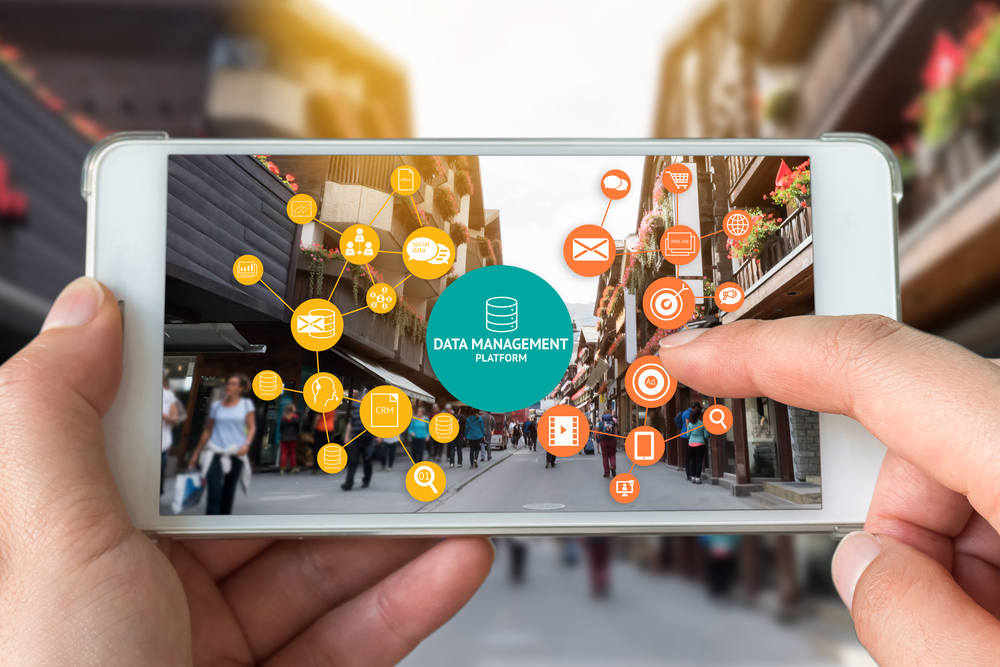TL;DR
Snowflake is a cloud data platform that can help you get more out of your marketing tech stack. It’s a workhorse for utilizing large datasets and performing real-time analytics. It’s also scalable and third-party app-friendly, so you can integrate it with your existing systems and tools.
Snowflake has specialized functions for various industries, including retail, so you can use it to personalize and promote your products and services based on customer purchase history. It also has robust security and data-sharing features, so you can share data with third-party apps without compromising security.
If you’re looking for a way to improve your customer data management and marketing capabilities, Snowflake is a great option to consider.
Case studies can be dull, but this one has a cute dog and some really compelling numbers. It’s about how Petco saved millions in data center infrastructure costs while getting just what they needed in a data environment for scalable retail analytics.
I dove into this because we’ve all faced problems like this: costs starting to creep up, technical debt accumulating, and older systems getting bogged down. At the same time, there’s an arsenal of capabilities like real-time customer data management and offer systems that we need to execute better campaigns.
It’s all hinged on how you handle customer data.
Snowflake’s CDP can be a perfect solution to help you extract more from your marketing tech stack. In the end, marketing operations folks like us want what’s going to help us get the job done, and done well. A modern data platform like Snowflake can make you feel like you’re upgrading from a Prius to a Tesla. You can get more done, faster. Without sacrificing flexibility or security, problems like performance, scalability, data sharing, and queries, are all in the rearview mirror.
Snowflake: the state-of-the-art cloud data platform for standard enterprise data storage, sharing, and integration
First, a confession: We’re huge fans of Snowflake. Hands down, it’s the most cost-effective way to supercharge your existing tech stack and – even better – there are very few problems it doesn’t solve beautifully. In our world of martech engineering, it’s the coolest thing we’ve seen. We’re not getting paid to say this, but after being in the weeds on thorny situations involving millions of records, we know it works as promised. We’ve seen it firsthand – even the largest companies are forced to work with data structures from legacy systems that are potentially decades old. That is some serious technical debt, but it can be paid off at a discount with thoughtful migration to Snowflake.

A workhorse for utilizing large datasets
How does Snowflake perform? Crazy as it sounds, I’ve seen some big companies still dealing with exports, encryption, and all sorts of in-between steps to share data for large, complex campaigns. It’s a waste of time and effort in a world where you need to react to customers as fast as possible. Snowflake saves your data tables for future use and sharing with other team members. All of the data is updated in real-time, so your tactics can deliver the results you need them to.
If it sounds expensive, it’s not…
Everyone wants ROI and efficiency, but many large companies have invested effort, time, and money, not to mention years of additions, tweaks, and integrations. Why would someone start moving away from existing martech infrastructure, when so much has been invested in them over the years?
…especially compared to the total cost of operation for systems like Oracle. All of Snowflake’s features are available out of the box whether you have 10 thousand or 10 million records. You can grow and evolve with Snowflake without banging your head against the “you don’t have that feature set licensed” wall. Plans are available that cover HIPAA support, PCI compliance, private links to AWS or Azure and Google Cloud.
Scalable and third-party app-friendly
There’s a big difference between legacy apps that were designed to run on dedicated hardware versus apps like Snowflake which were architected for the cloud. Snowflake was designed to scale, integrate with third-party applications, and manage data security and access for 3rd parties. Real-time data can be shared easily within the organization and with trusted external partners.
Sounds great, but we’ve customized our customer data around how we operate…
This is the point where you might be nodding and saying – We’re in retail, so we need to handle personalization and promotion based on purchase history, for instance. Would we lose that if we started a migration to Snowflake?
The good news is that Snowflake already has specialized functions for various industries. For instance, their Retail Data Cloud includes personalization options for everything from in-person events to digital touchpoints. It has pre-built Customer 360 programs that are used by clients like PepsiCo, Kraft, US Foods, and more. And here’s the money quote from the Petco case study I mentioned: “To achieve what we’re doing with Snowflake, we would need at least three on-prem boxes that could easily cost more than $3M but sit idle for most of the week.” It’s worth reading the rest.

Share data without losing sleep over security
When it comes to integration with 3rd party apps, Snowflake’s security and data-sharing features are best in class. Remember the array of questions you’d get when discussing data sharing – what data format? What delimiters? How often will it be updated and exported? All these were speed bumps and potential breakpoints that slowed execution. Snowflake makes it easy to share entire tables, including the metadata and data types. There is no syncing with 3rd parties because they can access live data directly. That’s peak efficiency.
Sounds great, but what about protecting PII and other sensitive data?
Legacy data can include things that don’t pass muster by today’s security standards. For instance, it’s not completely uncommon for companies to even have used SSNs as a key identifier in their customer data. In these situations, using Snowflake, we’ve implemented a non-reversible surrogate key (i.e. tokenization) to prevent sensitive data leakage to front-line workers and beyond.
How do we securely grant access to other apps, and easily rescind it if we spin down that application?
Snowflake has excellent tools for carving out access to only the data that is needed, dramatically reducing the points of vulnerability for attackers. Between secure data sharing, where organizations can securely grant access to their data, and data clean rooms, where companies can restrict access to underlying data, marketers can use data without putting it at risk.
All in all, Snowflake has answered the call on security, which will continue to be a critical requirement for all businesses. By doing this, it frees marketing ops teams up to generate more results.




